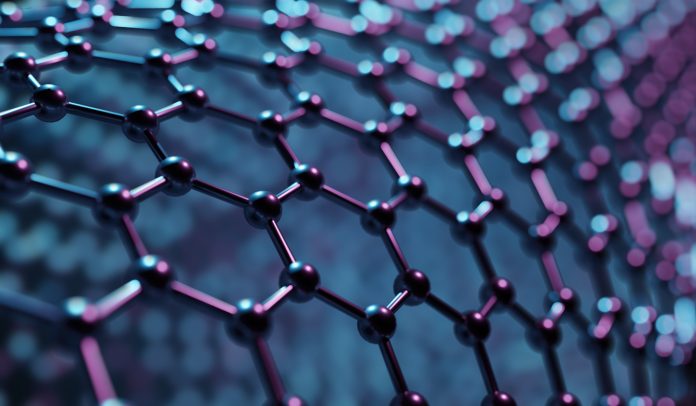Scientists at The University of Manchester achieve robust superconductivity in high magnetic fields using a newly created one-dimensional (1D) system
In a significant development in the field of superconductivity, researchers at The University of Manchester have successfully achieved robust superconductivity in high magnetic fields.
Using a newly created one-dimensional (1D) system, the team were able to create a promising pathway for advancements in quantum technologies by overcoming a longstanding challenge in condensed matter physics.
Achieving superconductivity
The research, published in Nature, details the team’s innovative strategy to achieve superconductivity in the quantum Hall regime, led by Professor Andre Geim, Dr Julien Barrier, and Dr Na Xin.
According to Manchester researchers, superconductivity, the ability of certain materials to conduct electricity with zero resistance, holds profound potential for advancing quantum technologies. However, achieving superconductivity in the quantum Hall regime, characterised by quantised electrical conductance, has proven to be quite the challenge.
Their initial efforts followed the conventional route, in which counterpropagating edge states were brought into proximity of each other. However, this approach proved to be limited.
“Our initial experiments were primarily motivated by the strong, persistent interest in proximity superconductivity induced along quantum Hall edge states,” explains Dr Barrier, the paper’s lead author. “This possibility has led to numerous theoretical predictions regarding the emergence of new particles known as non-abelian anyons.”
Conductive domain walls in graphene
Inspired by earlier work on conductive domain walls in graphene, the team utilised domain walls between superconductors to achieve proximity between counterpropagating edge states with minimal disorder effects.
“We were encouraged to observe large supercurrents at relatively ‘balmy’ temperatures up to one Kelvin in every device we fabricated,” Dr Barrier recalls.
The discovery of strictly 1D electronic states within the domain walls, proven by Professor Vladimir Falko’s theory group, explains the observed robust supercurrents at high magnetic fields.
The single-mode 1D superconductivity presents exciting opportunities for further exploration, including the manipulation of electronic states and the potential realisation of topological quasiparticles. “In our devices, electrons propagate in two opposite directions within the same nanoscale space and without scattering”, Dr Barrier elaborates.
“Such 1D systems are exceptionally rare and hold promise for addressing a wide range of problems in fundamental physics.”
The team has already demonstrated the ability to manipulate these electronic states using gate voltage and observe standing electron waves that modulate the superconducting properties.
Combining the quantum Hall effect and superconductivity
Dr. Xin emphasises the potential of 1D superconductivity in realising topological quasiparticles, combining the quantum Hall effect and superconductivity.
The research marks another step forward in superconductivity, following 20 years after the discovery of graphene. It is expected to advance quantum technologies and attract interest from scientific communities for further exploration of new physics.











